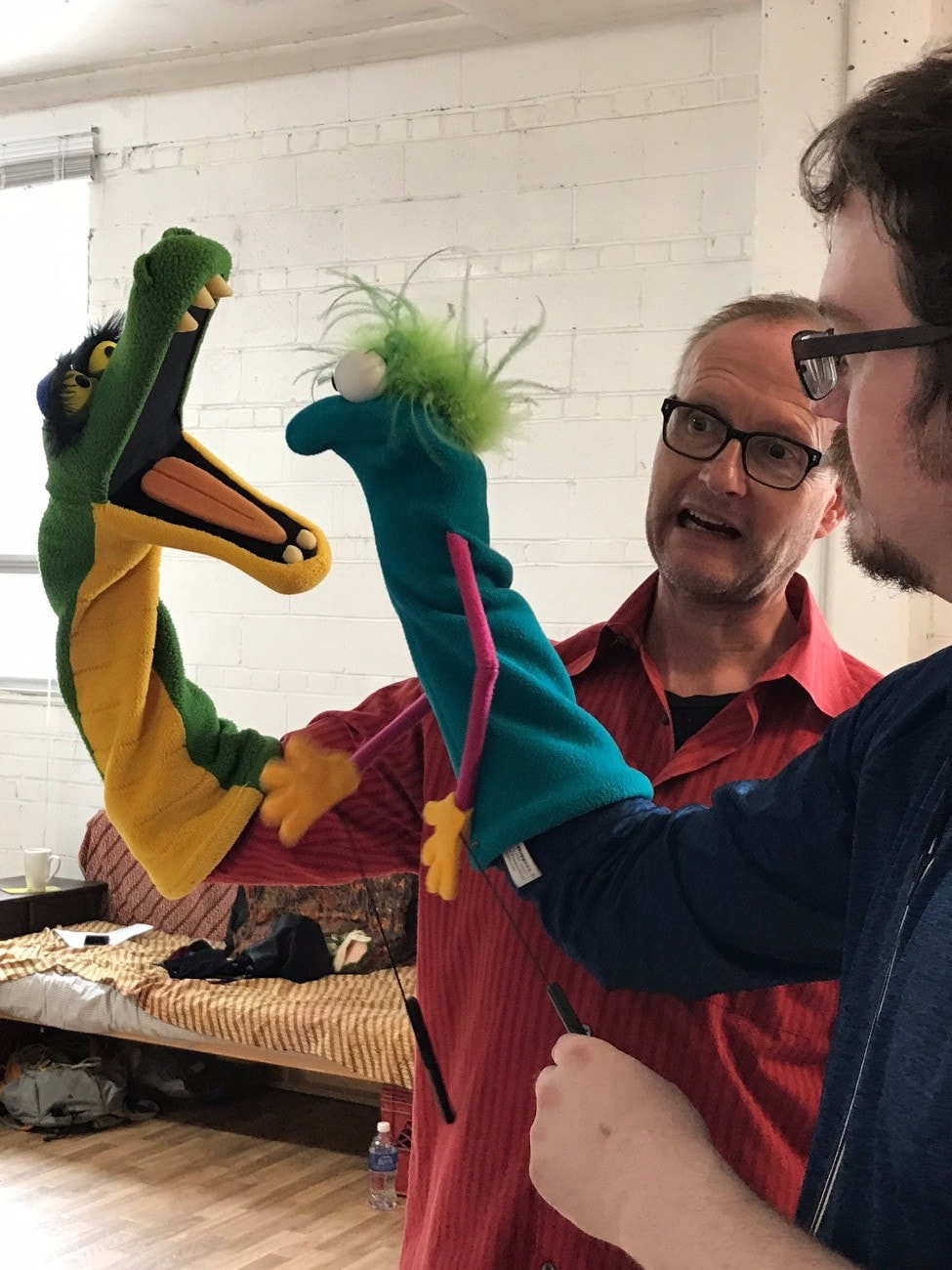


Have the puppet invite young learners to share their perspectives about a situation or incident by using the following prompts:

Think about having a puppet facilitate discussions that support relationships to heal and to resolve conflicts. A puppet can also play a role in restorative approaches to behavior issues and support young people to respectfully manage differences and disagreements. Puppets can be used beyond the identification and naming of emotions to help children understand and resolve conflicts respectfully. Implement Restorative PracticesĪs relationships are at the heart of restorative practices, a puppet can be a very helpful tool to bring restorative approaches to the classroom. Try using a puppet to explore different feelings the puppet can “physicalize” the emotion for the children to guess and help the puppet to manage. The choice of puppets can aid in the understanding of important concepts, such as emotions. Try using a puppet to support the meaning of words by moving it to create gestures, sounds, and other forms of nonverbal communication. The dependence on this traditional method of instruction and expression can potentially exclude children who experience disability or are learning English as a second language. In most classrooms, spoken language is the dominant and preferred method of communication. Children can also talk to their teacher through the puppet, which encourages them to participate in class conversations and during play.įor a child with mutism, a puppet may provide them an alternative voice to share their ideas or respond to questions. I have lovely memories of one of my students whispering in the ear of a puppet and nodding and shaking his head to say yes and no. The puppet liberates us from our roles and creates an alternative space for connecting with our students-a space that allows for greater freedom in our interactions because the puppet acts as an intermediary.

The puppet also evokes my sense of playfulness and fun-changing the expected behavior of a teacher and disrupting the power relationships that are inherently part of schooling-intended or otherwise. I have found that children are more willing to engage with me and to trust me because they associate me with the puppet. Puppets also enhance the quality of the relationships between teachers and students. Pick a puppet that will be attractive to your students, their interests, and you. Your relationship with and handling of the puppet maintain its magic, so be sure that only you animate the puppet and that it occupies a special place in the classroom (i.e., don’t throw it in a drawer). The selection of the puppet is therefore very important. This relationship contrasts with the dominant position of the teacher, taking away or minimizing possible fears about getting the answer wrong. It also offers protection, a buffer between children and their classmates.Ĭhildren are far more comfortable sharing their ideas with a puppet and may be excited about answering the puppet’s questions-seeing it as a friend or a peer. The puppet can act as a role model and give children practice speaking in front of a group. The appeal of the puppet can motivate students, including those who are shy or hesitant, to engage in general classroom conversations or subject-specific topics such as science and conservation. Puppets can be utilized in early childhood and elementary school settings for social and emotional learning.
#TEACHING PUPPETRY PROFESSIONAL#
For those educators hesitant about using puppets, fear not-you don’t need the skills of a professional puppeteer. I firmly believe in the power of the puppet to foster relationships, build connections with all students, and develop a community of learners that’s respectful and views diversity as a resource in the classroom.


 0 kommentar(er)
0 kommentar(er)
